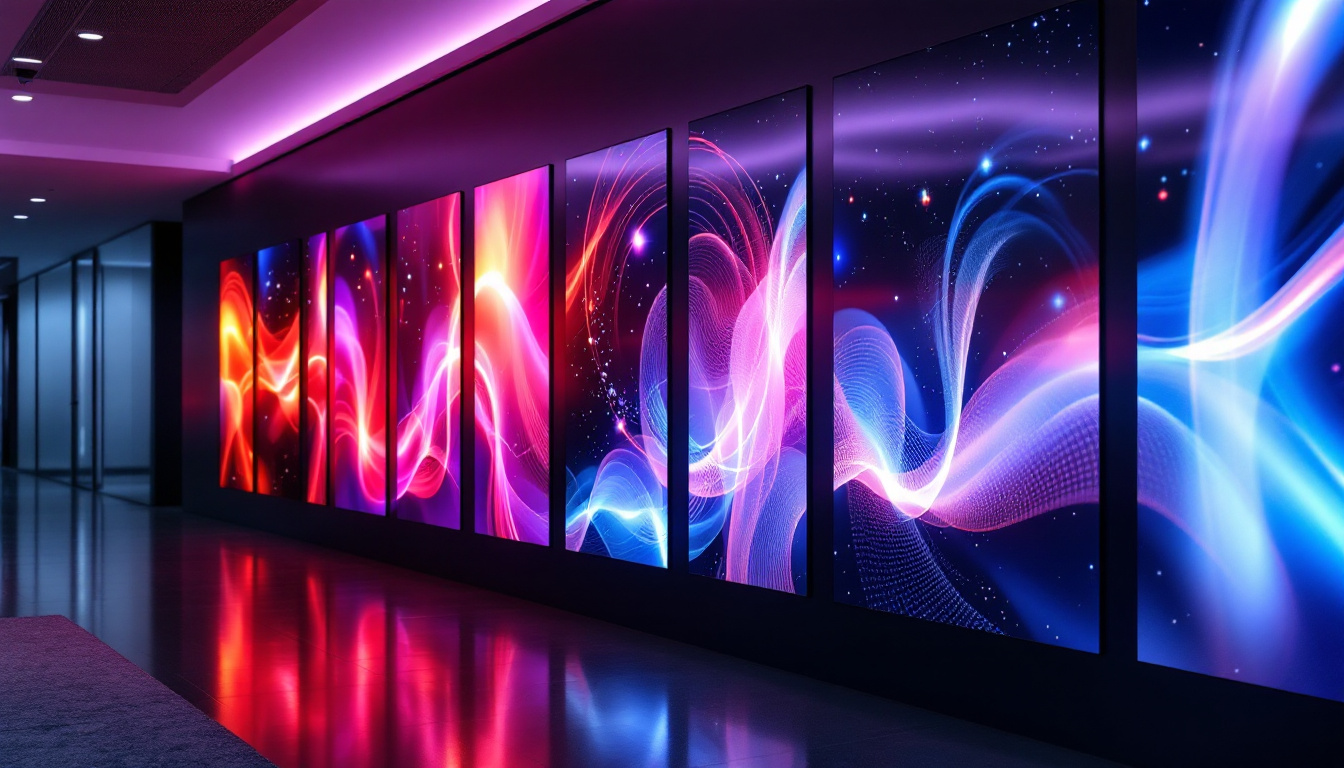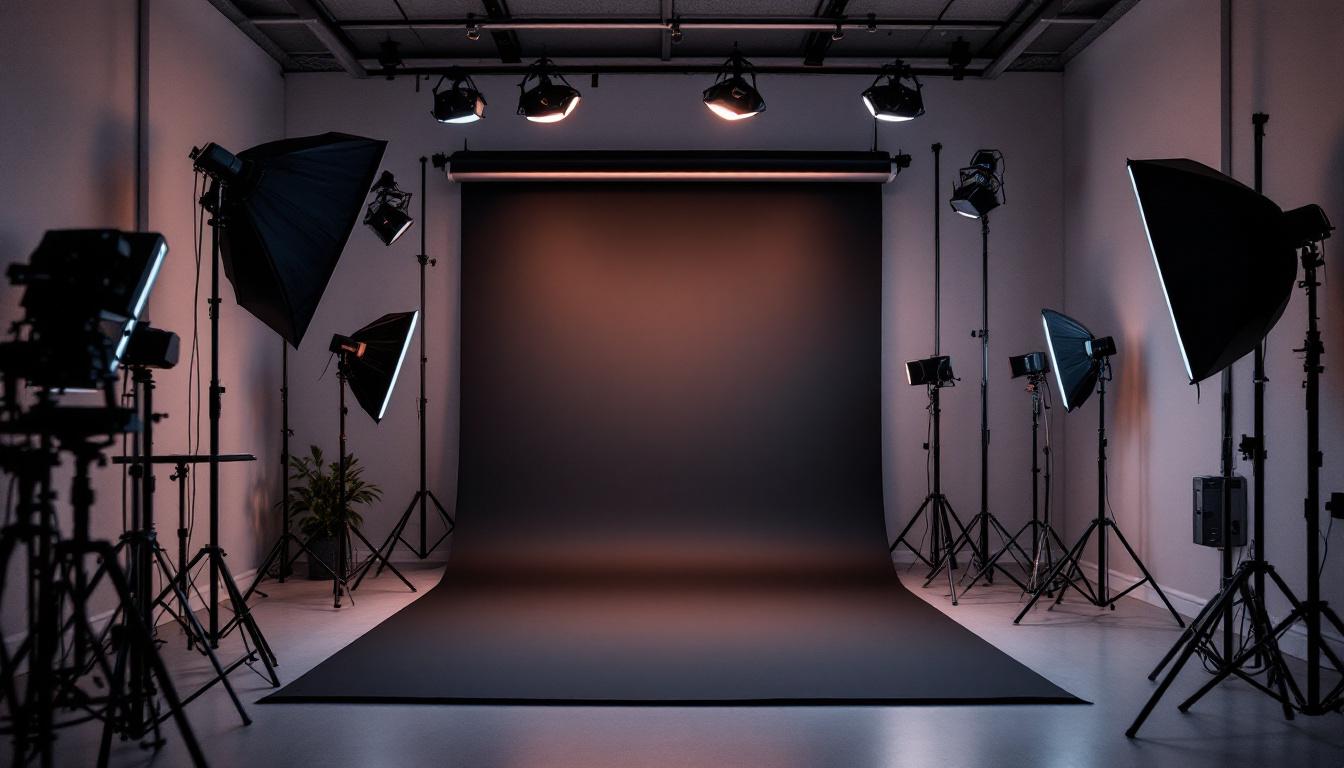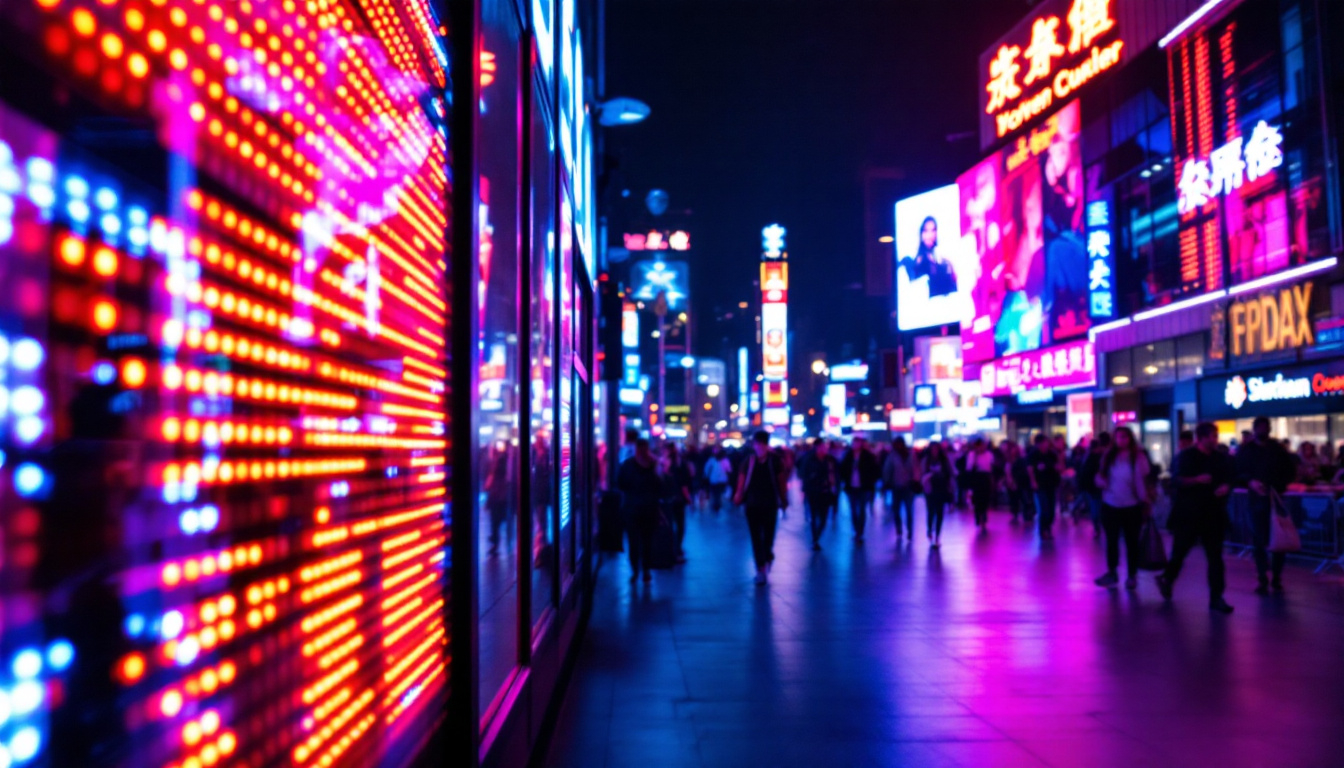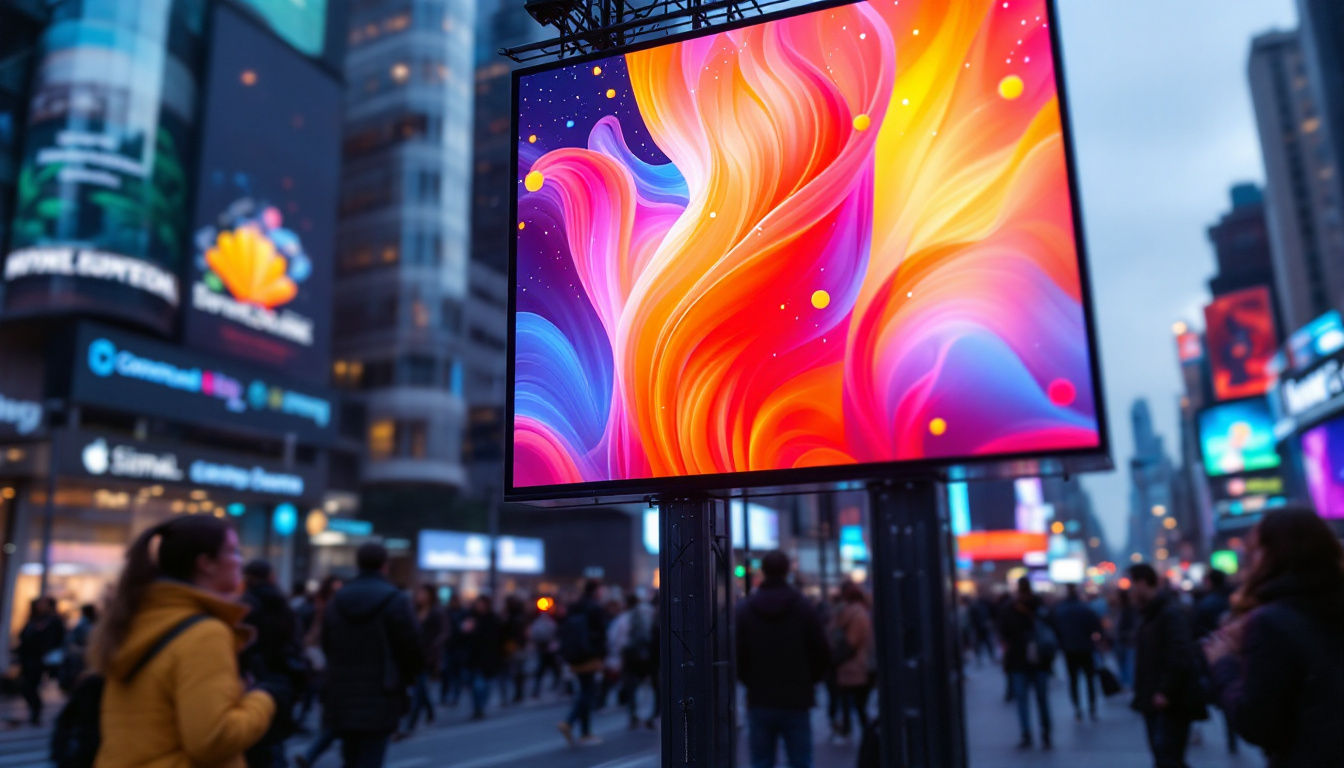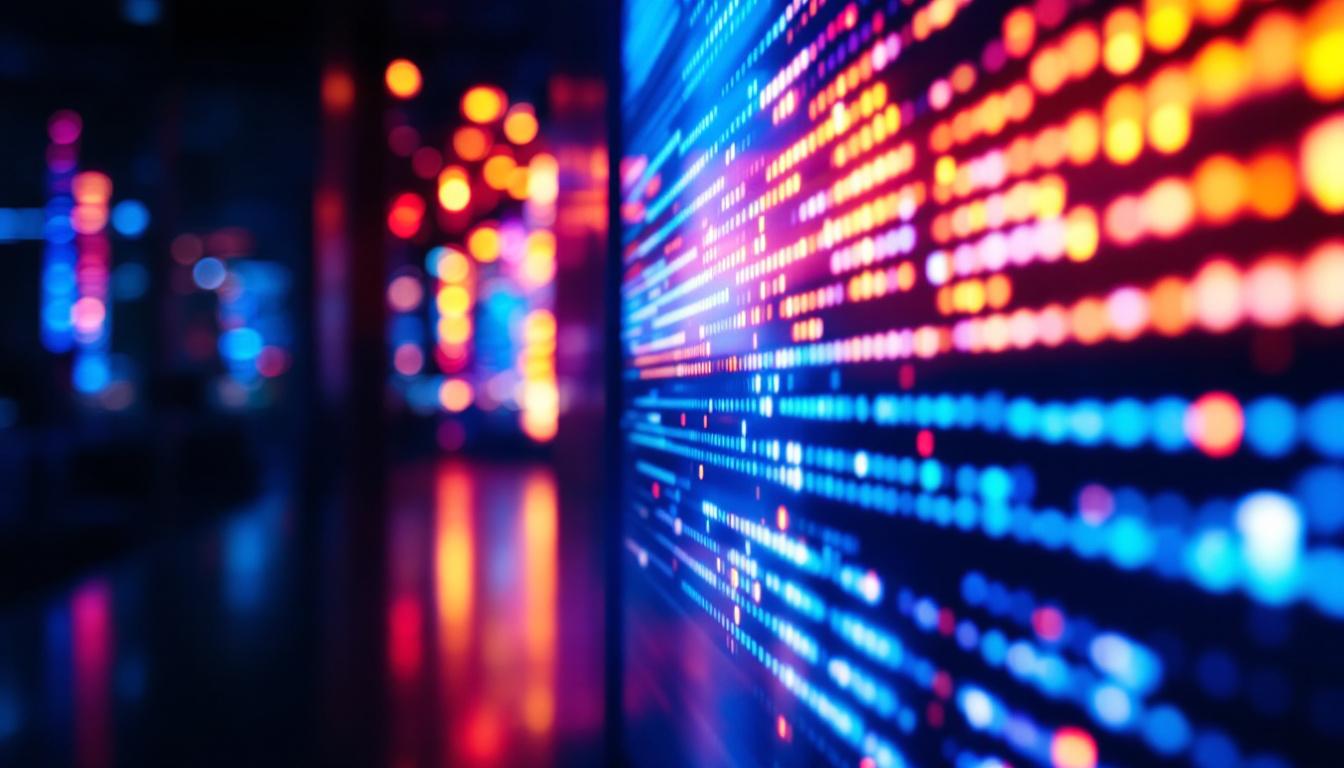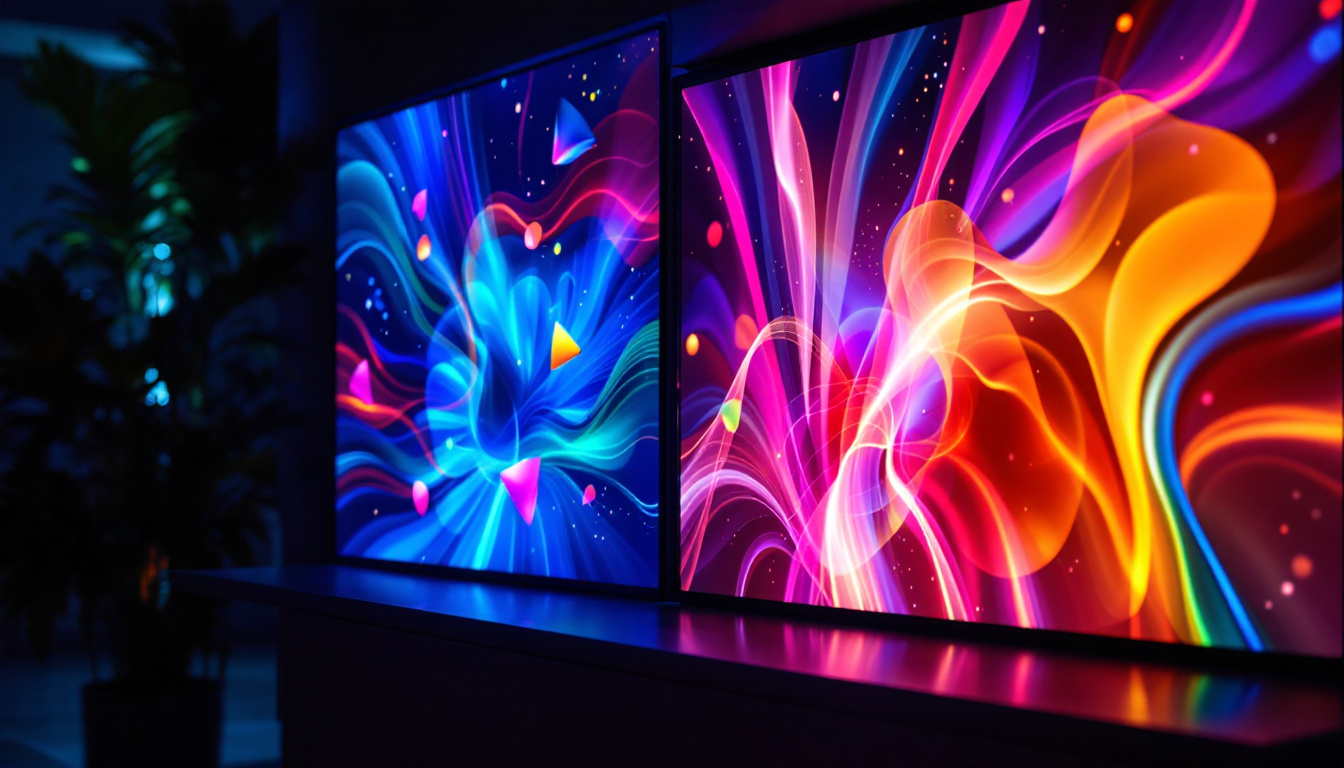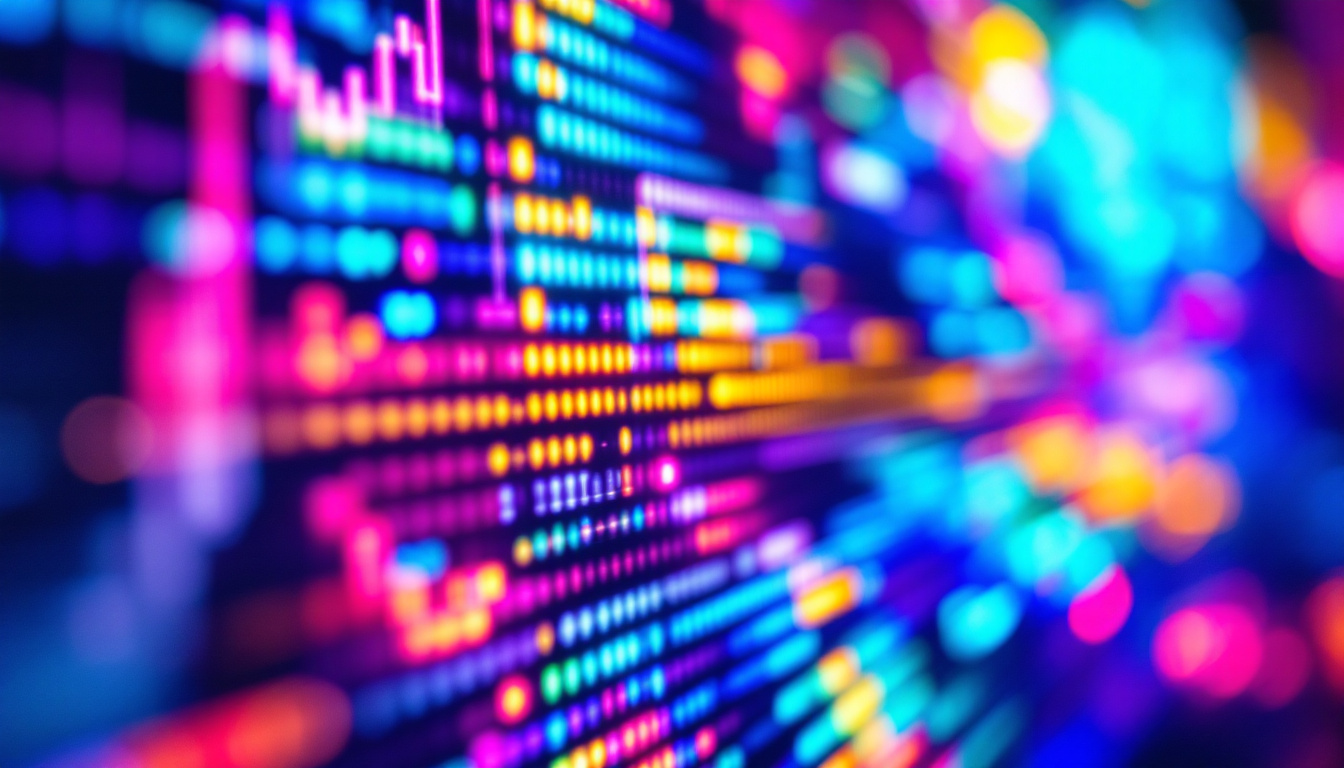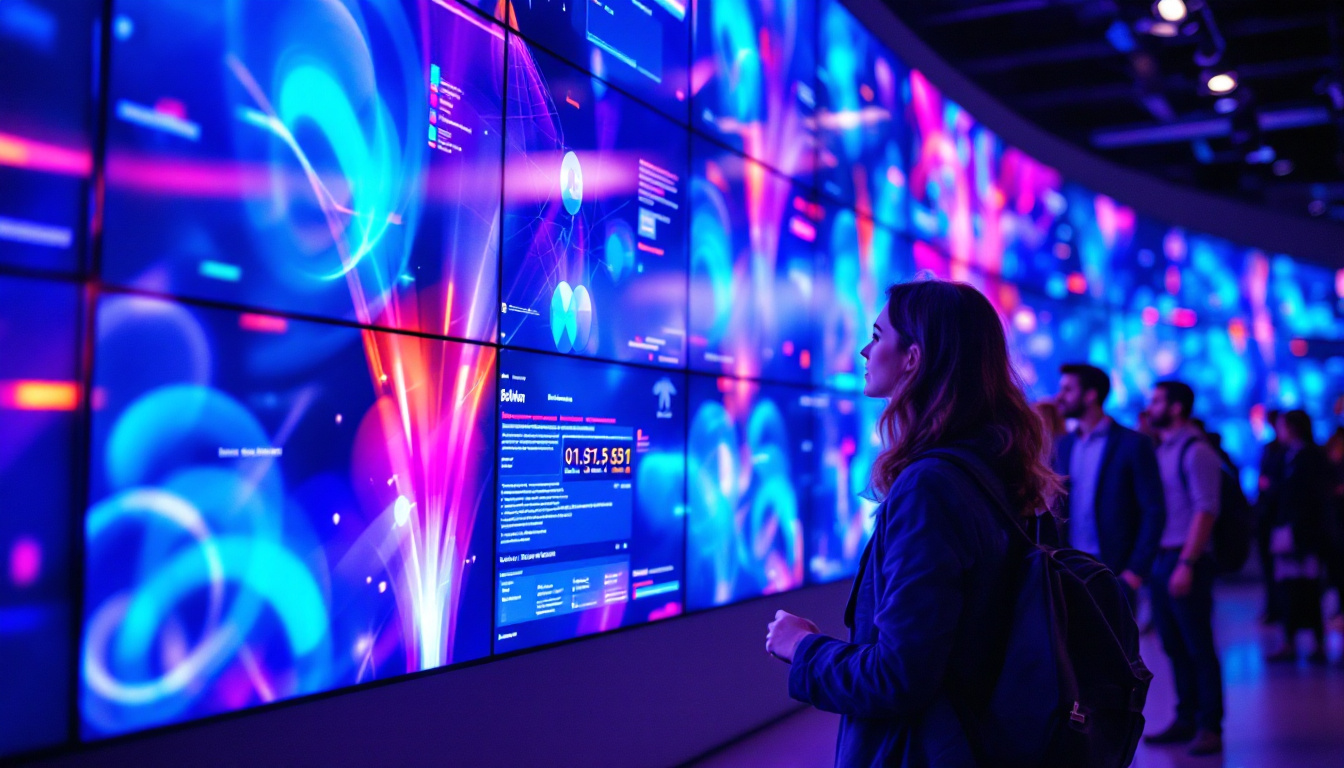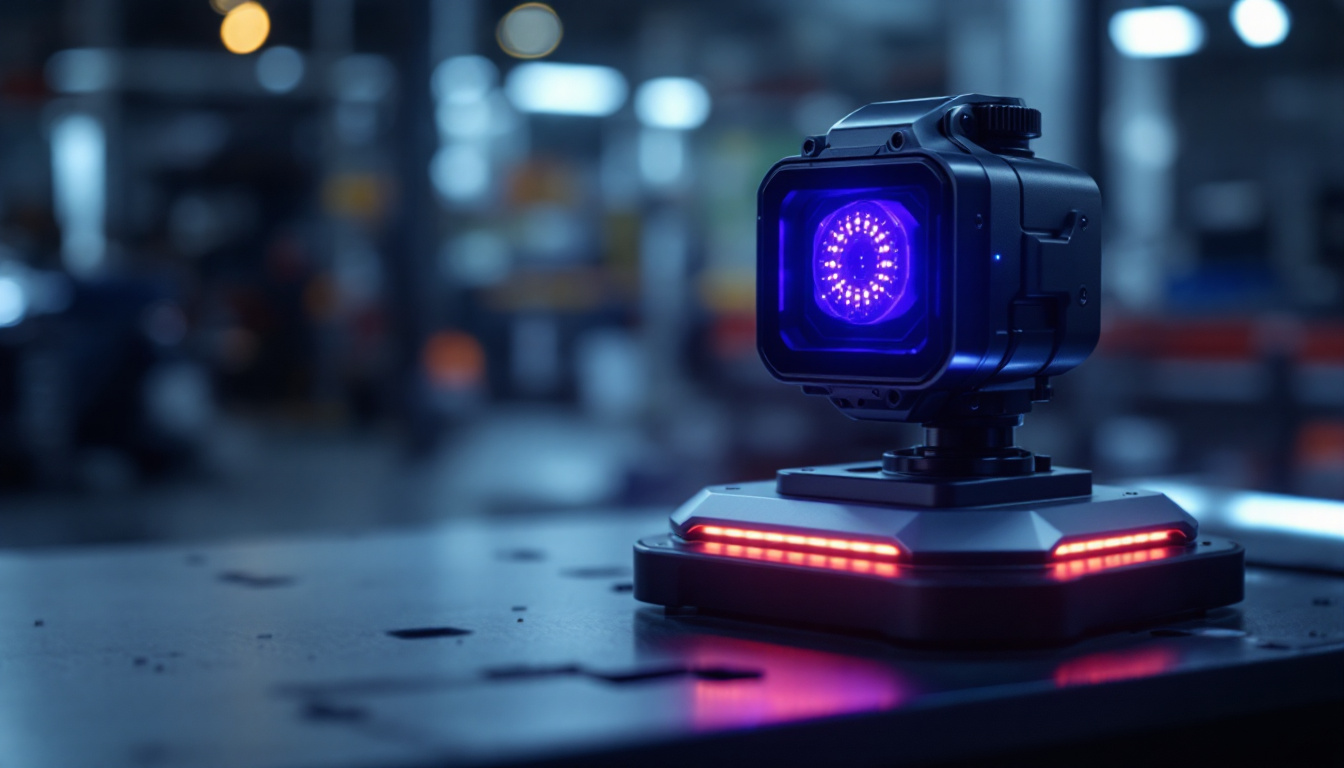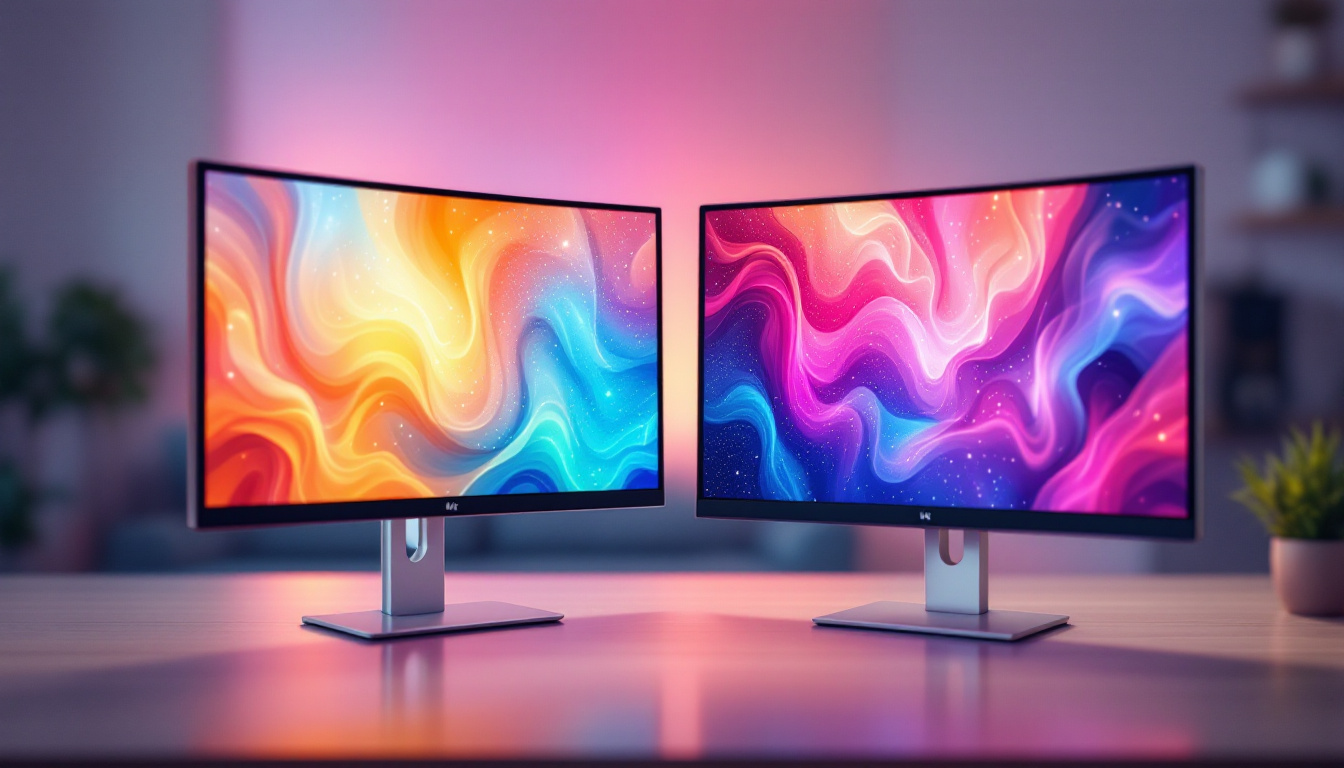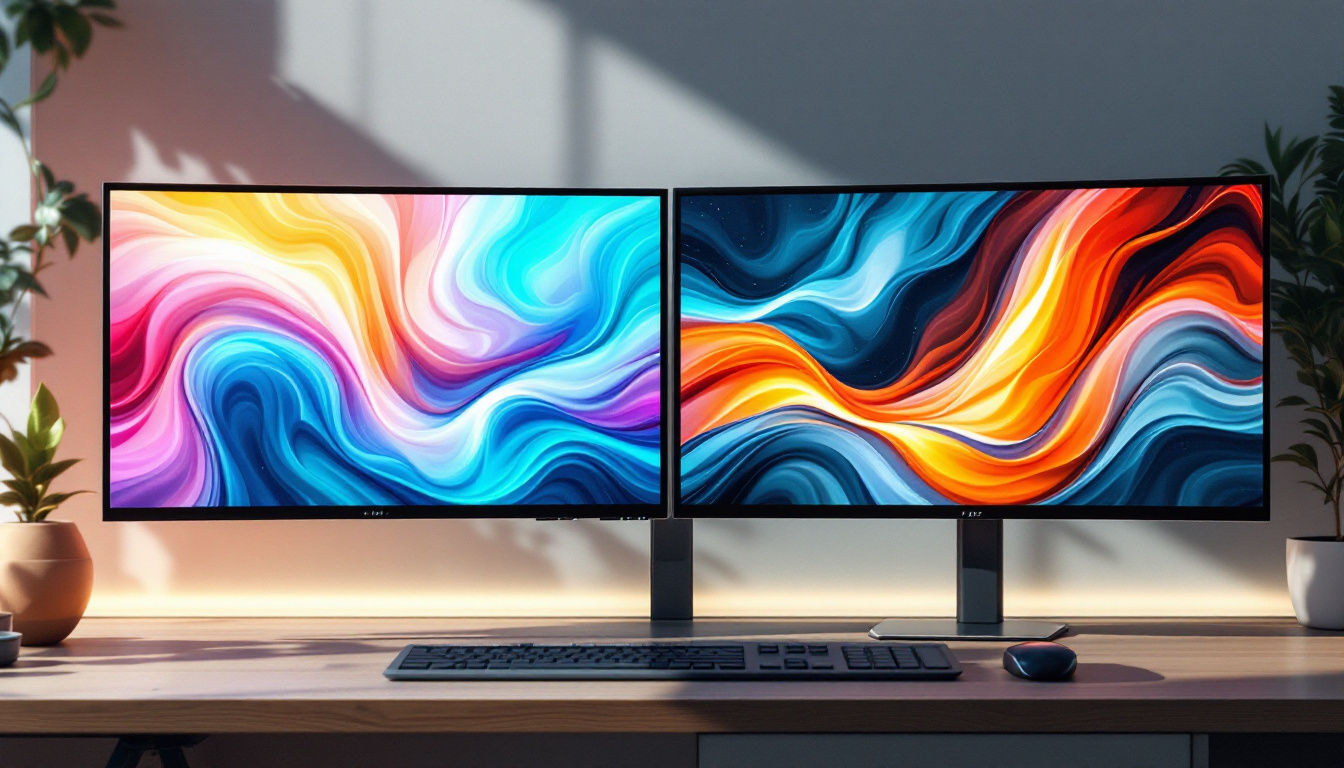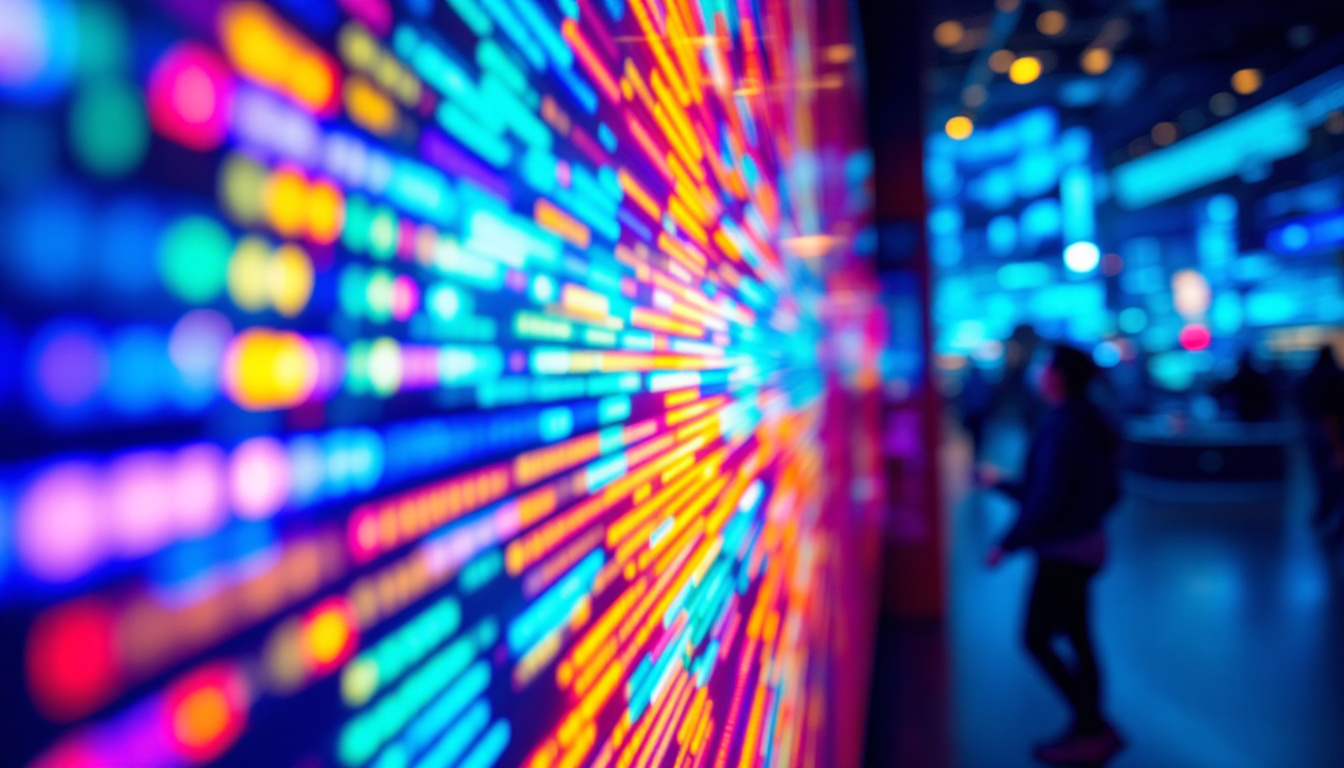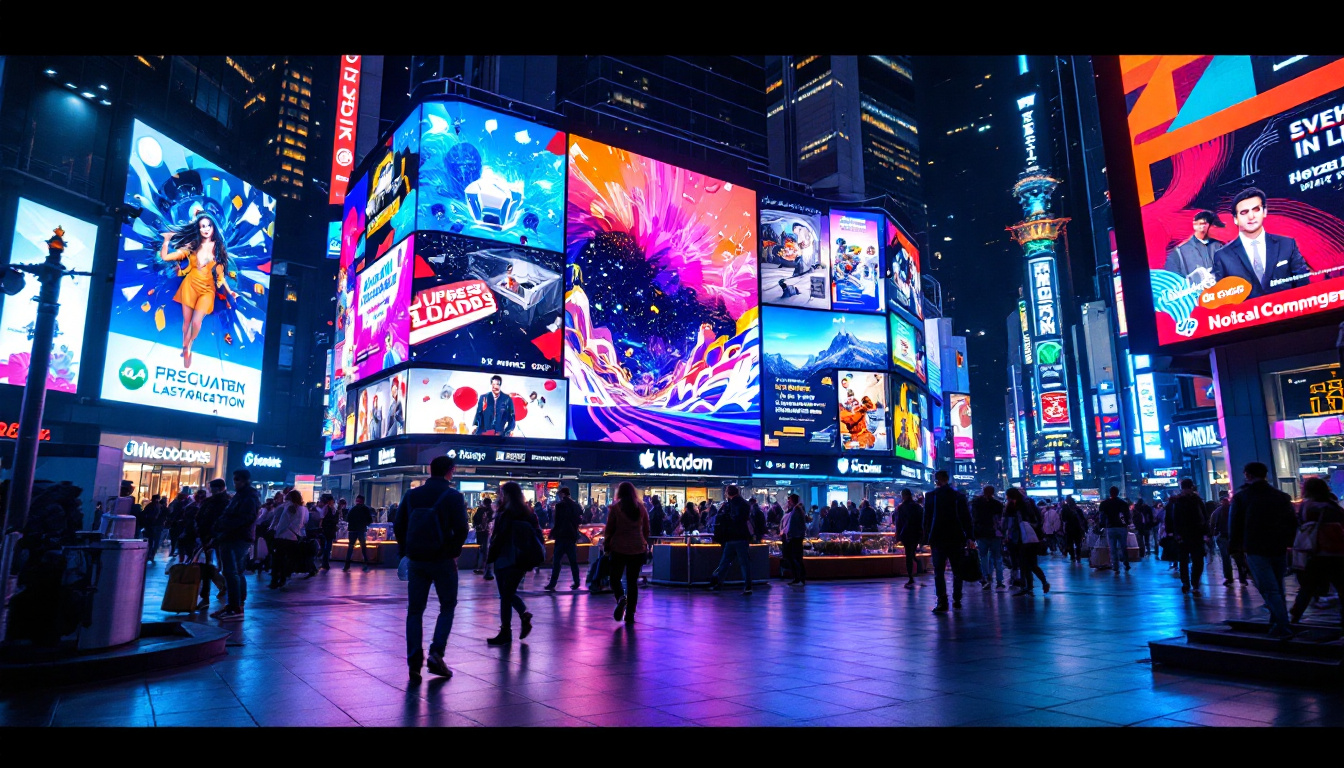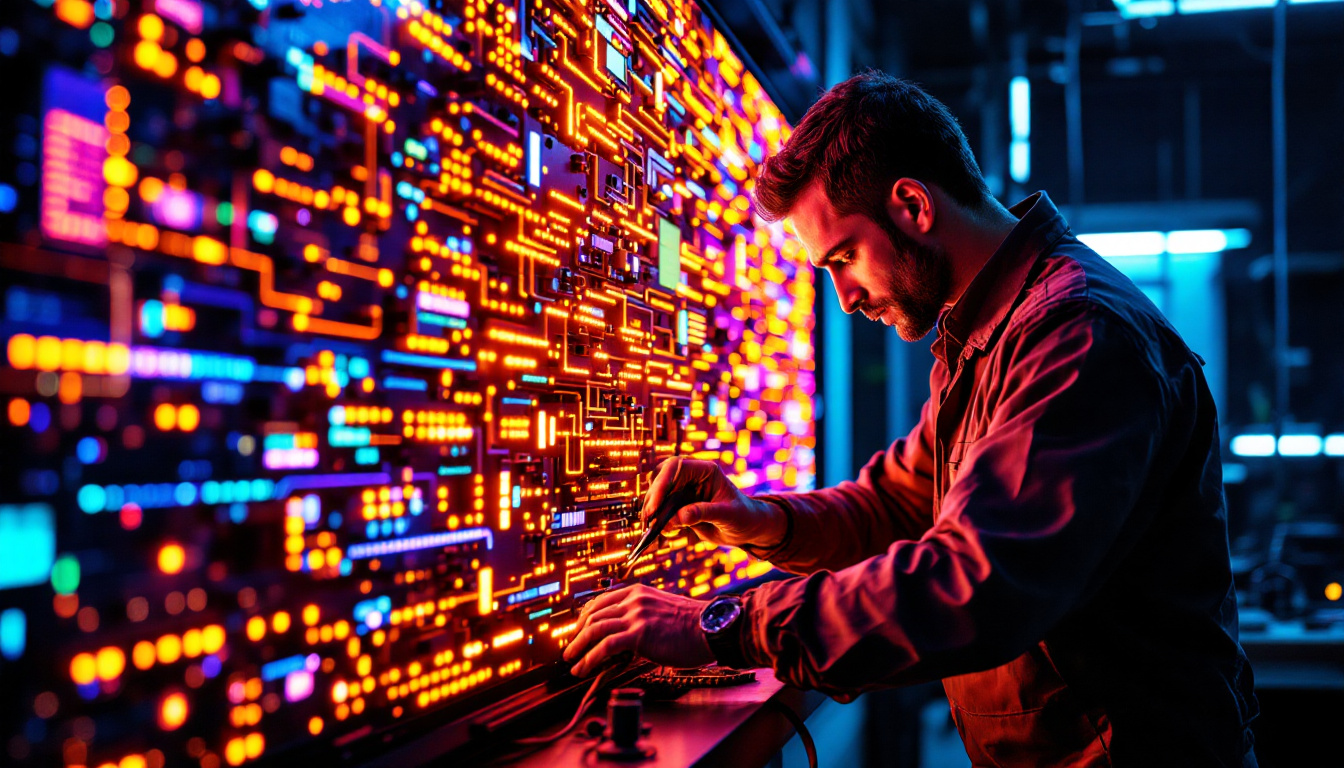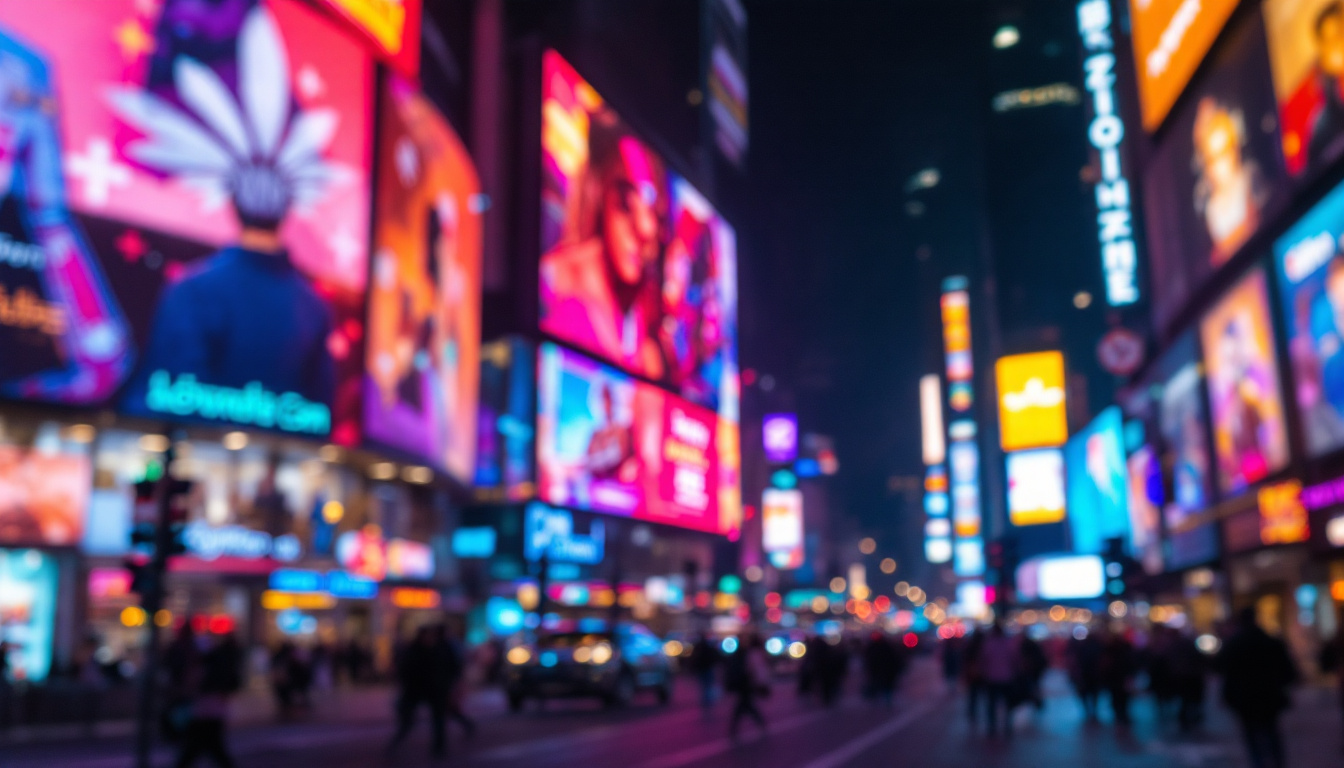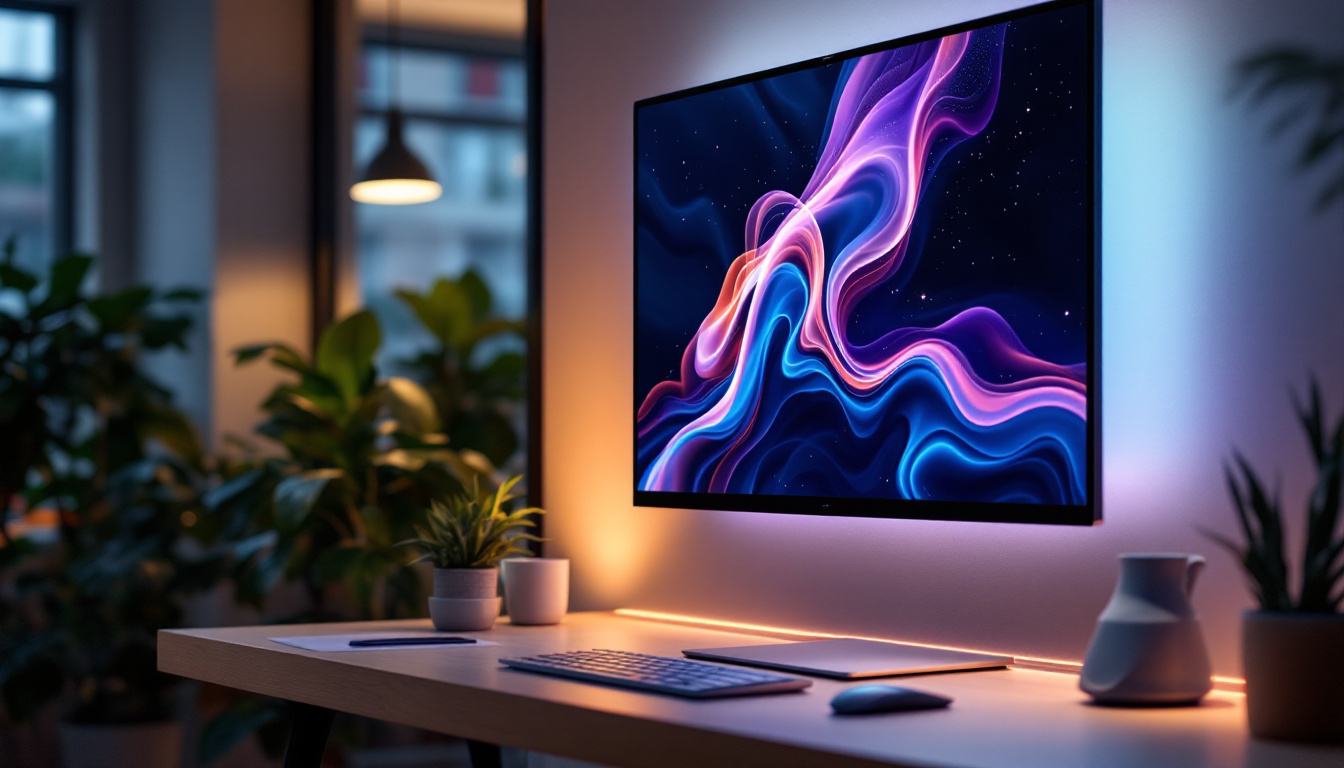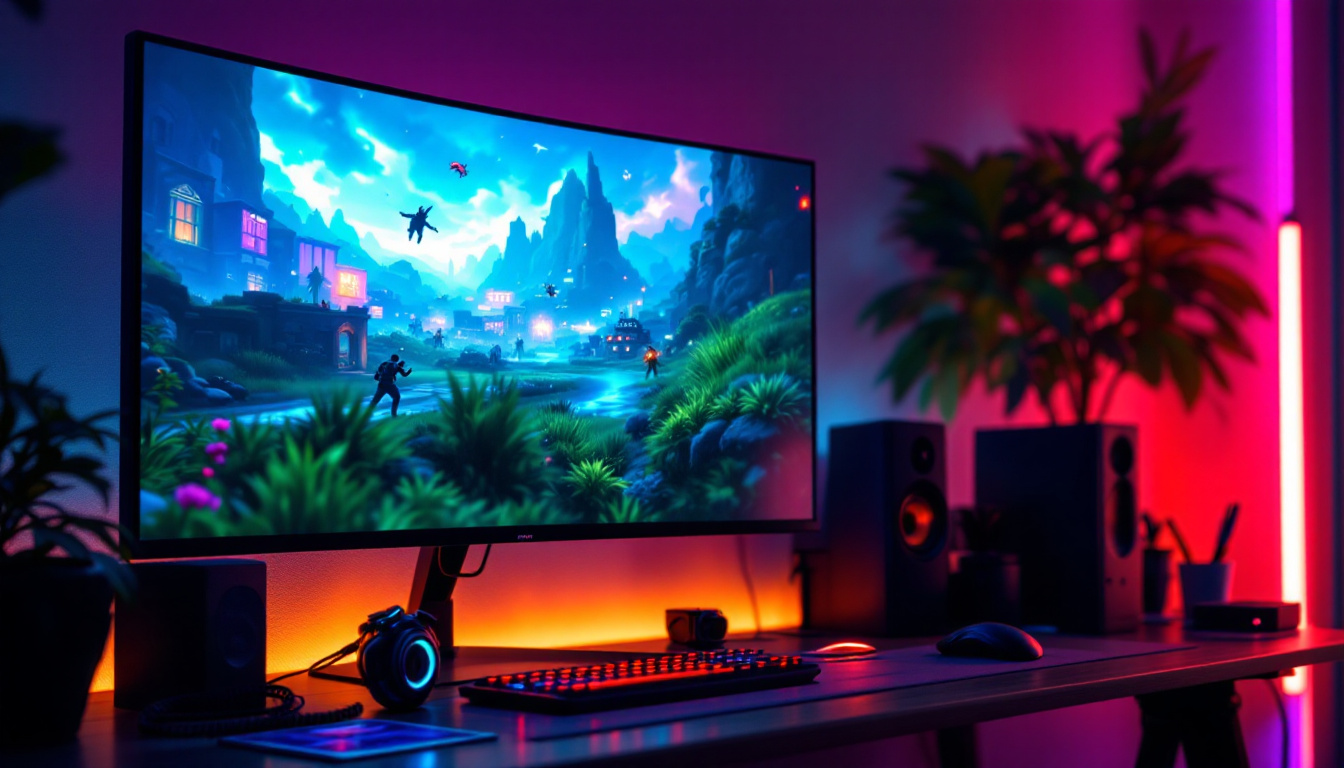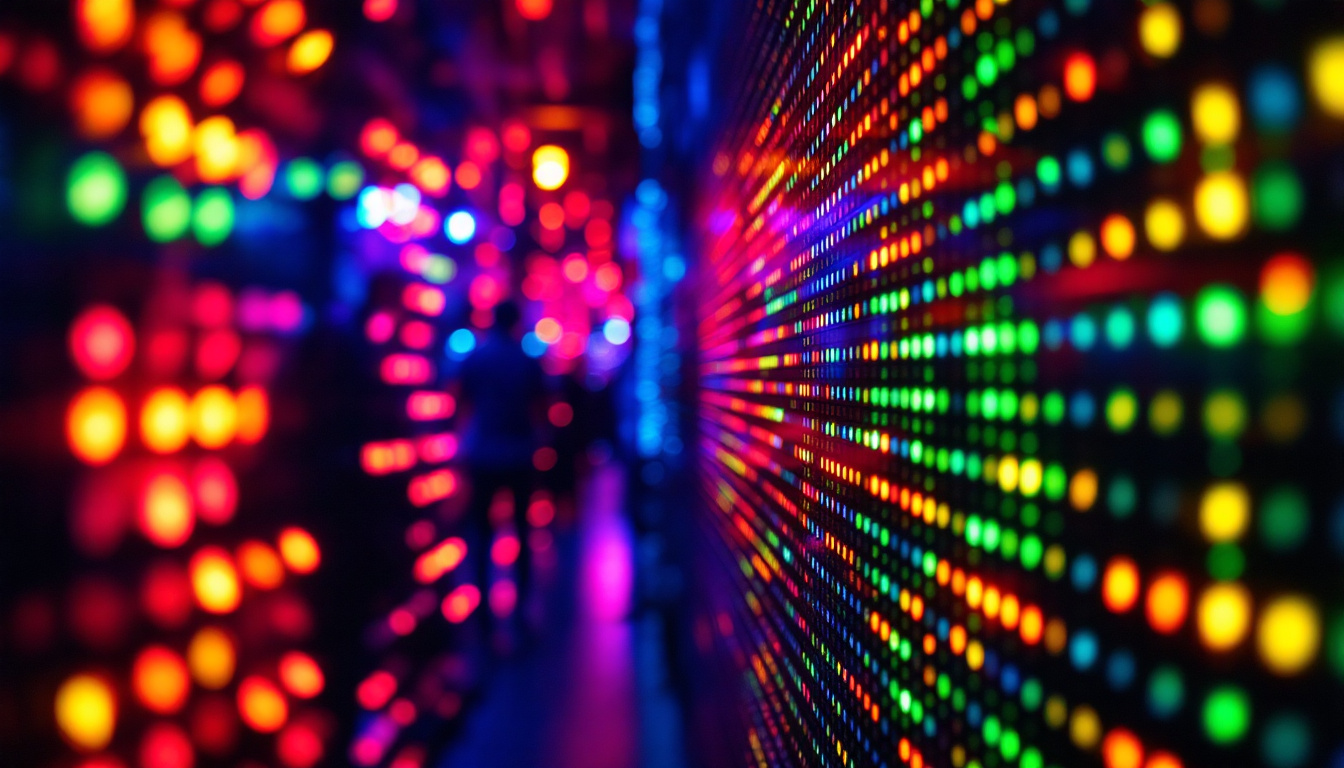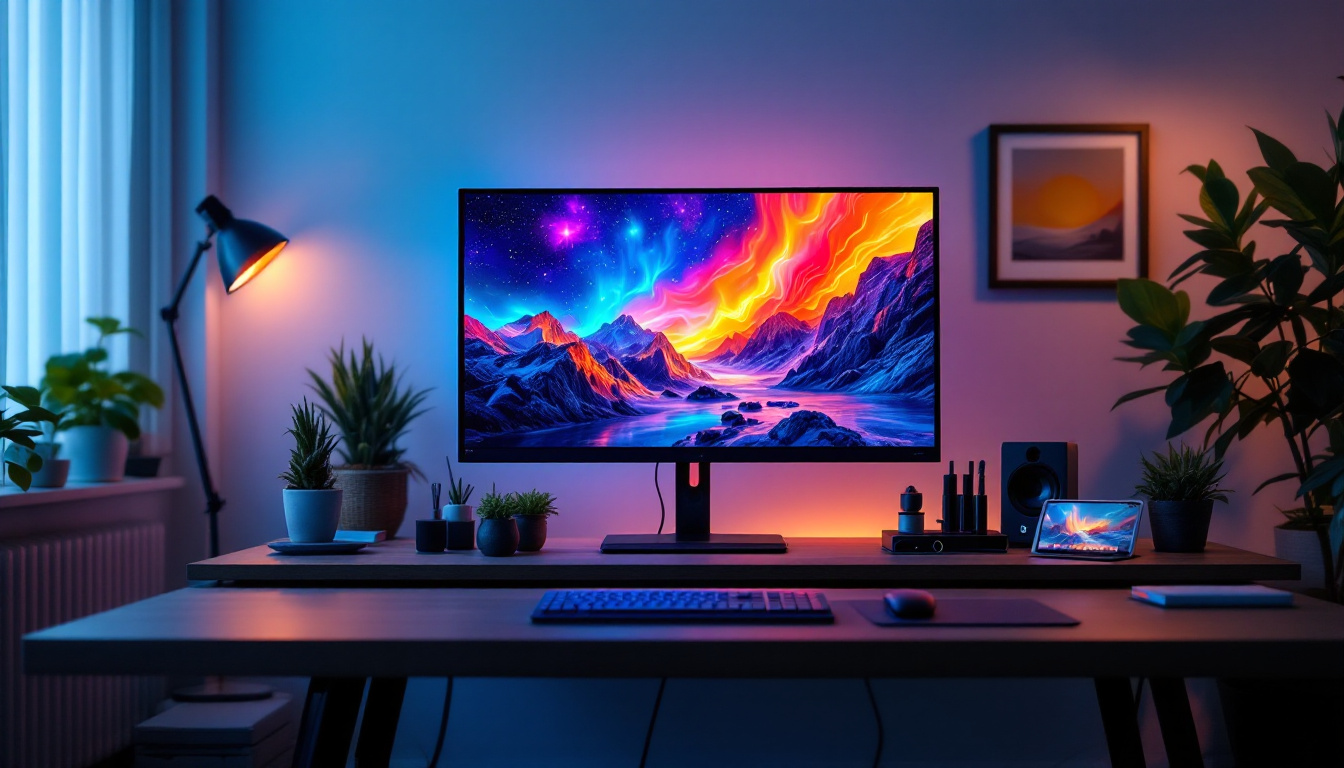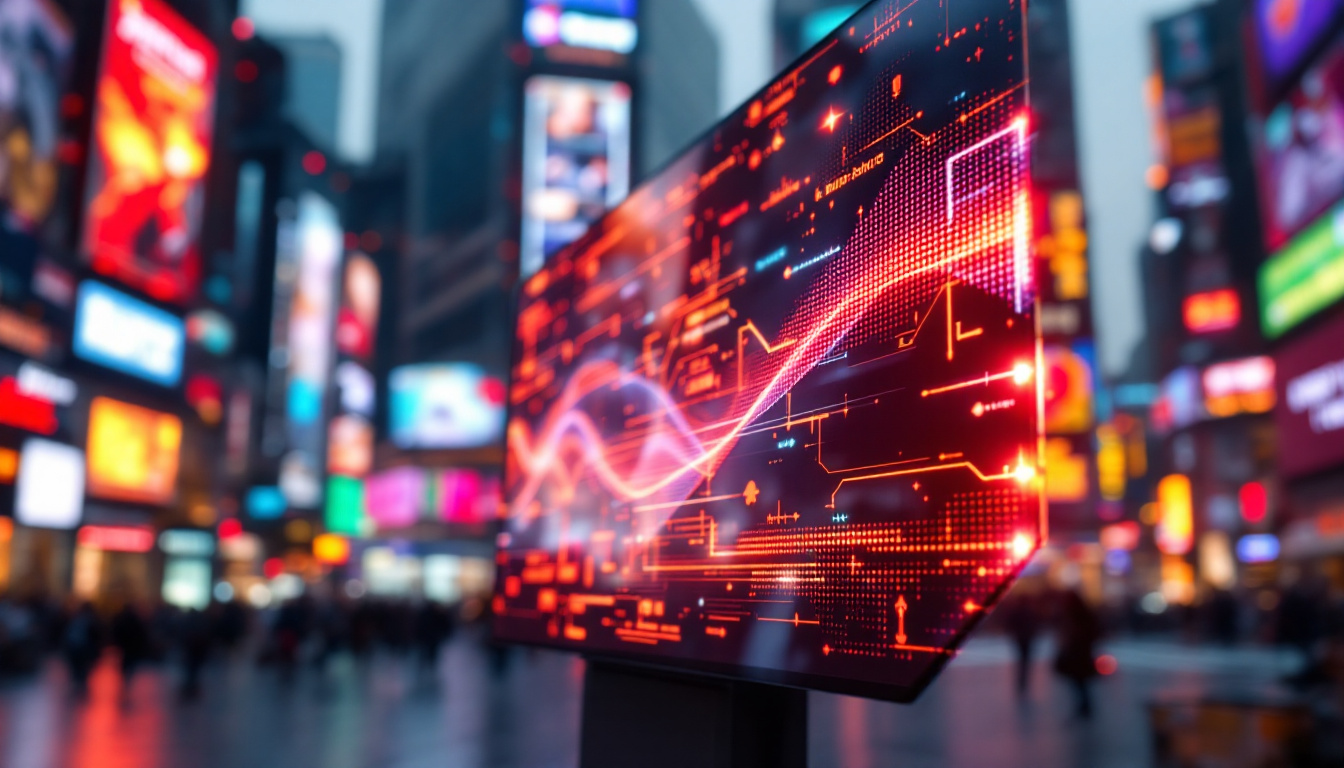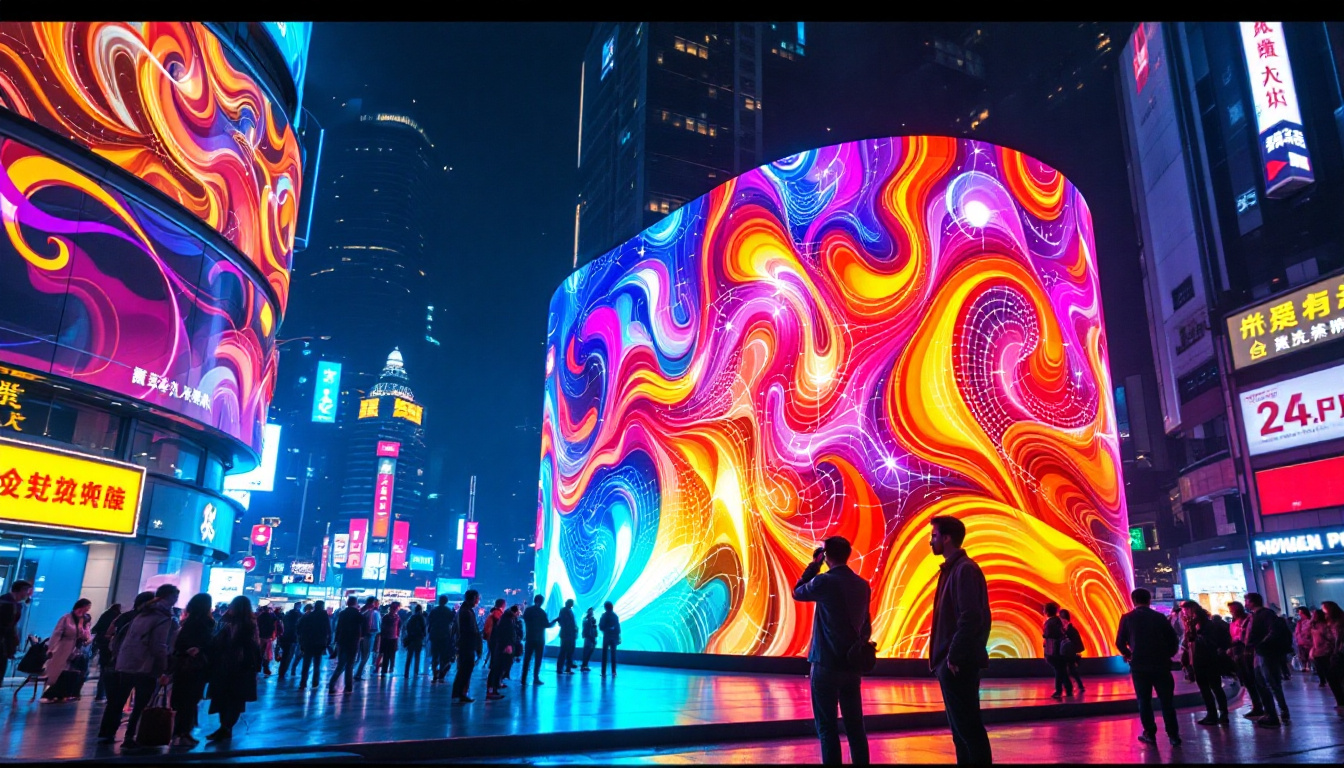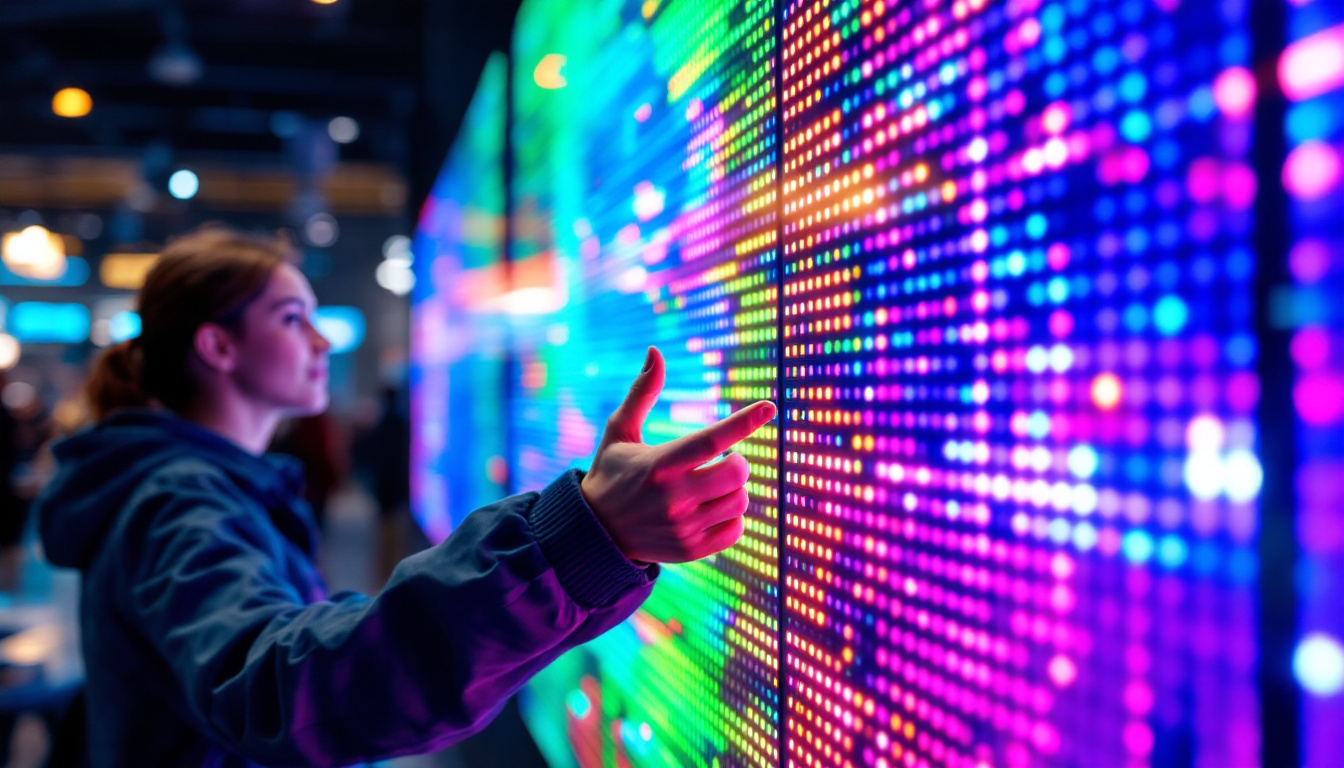In today’s digital age, visual communication has become more critical than ever. One of the most effective tools in this realm is the LED display. Wall LED panels, in particular, have gained immense popularity across various sectors, including retail, entertainment, and corporate environments. This article delves into the intricacies of wall LED panels, exploring their technology, applications, and advantages.
Understanding LED Technology
Light Emitting Diodes (LEDs) are semiconductor devices that emit light when an electric current passes through them. This technology has revolutionized the way we think about displays. Unlike traditional lighting methods, LEDs are more energy-efficient, longer-lasting, and capable of producing vibrant colors. The energy efficiency of LEDs not only reduces electricity bills but also contributes to a lower carbon footprint, making them an environmentally friendly choice for both consumers and businesses alike.
Moreover, the durability of LEDs means they can withstand harsher conditions compared to incandescent or fluorescent bulbs. This resilience makes them suitable for a variety of applications, from household lighting to large-scale outdoor displays. As technology continues to advance, the integration of smart features into LED systems allows for enhanced control over brightness and color, further expanding their versatility in modern design.
How LEDs Work
At the core of LED technology is the process of electroluminescence. When electrons move through a semiconductor material, they release energy in the form of photons, which we perceive as light. The color of the light emitted depends on the materials used in the semiconductor. This property allows for a wide range of colors to be produced, making LEDs ideal for dynamic displays. The ability to manipulate the semiconductor materials has led to the development of RGB (Red, Green, Blue) LEDs, which can blend these primary colors to create virtually any color in the spectrum, enhancing the visual experience.
Furthermore, advancements in LED technology have led to the emergence of tunable white LEDs, which allow users to adjust the color temperature of the light emitted. This feature is particularly beneficial in settings such as offices and homes, where different activities may require different lighting conditions. The ability to customize lighting not only improves comfort but also has been shown to positively impact mood and productivity.
Types of LED Displays
LED displays can be categorized into several types, each serving different purposes. The most common types include:
- Direct View LED: These panels are made up of individual LED modules that create images by directly emitting light. They are often used in large outdoor billboards and stadium screens, where high brightness and visibility are crucial.
- LED Backlit Displays: These displays use LEDs to backlight an LCD screen, enhancing brightness and color accuracy. This technology is prevalent in televisions and computer monitors, providing a more vivid viewing experience compared to traditional fluorescent backlighting.
- Organic LED (OLED): A newer technology that uses organic compounds to emit light, offering better contrast and flexibility. OLED displays are thinner and can be made into flexible shapes, paving the way for innovative designs in consumer electronics.
Additionally, there are also MicroLED displays, which consist of tiny, self-emissive pixels that can deliver even greater brightness and energy efficiency. This technology is still in its infancy but holds promise for future applications in everything from smartphones to large-scale digital signage. Each of these types of LED displays continues to push the boundaries of what is possible in visual technology, making it an exciting field to watch as it evolves.
Benefits of Wall LED Panels
Wall LED panels offer a multitude of advantages that make them a preferred choice for many applications. Their unique features cater to the needs of modern businesses and organizations looking to enhance their visual communication strategies.
Energy Efficiency
One of the most significant benefits of LED technology is its energy efficiency. Wall LED panels consume considerably less power compared to traditional display technologies. This reduced energy consumption not only lowers operational costs but also contributes to a smaller carbon footprint, making them an environmentally friendly option. Additionally, many LED panels have a longer lifespan, often lasting up to 50,000 hours or more, which means less frequent replacements and reduced waste over time. This longevity further amplifies their cost-effectiveness, as businesses can invest in a single panel that will serve them well for years.
High Brightness and Visibility
Wall LED panels are known for their high brightness levels, making them suitable for both indoor and outdoor environments. The ability to maintain visibility in various lighting conditions is crucial, especially for businesses that rely on attracting customers through eye-catching displays. This feature ensures that content is easily readable and engaging, regardless of the surrounding light levels. Furthermore, the technology behind LED panels allows for dynamic content display, enabling businesses to showcase vibrant images and videos that can capture attention quickly and effectively, thus enhancing customer engagement and interaction.
Versatility in Design
Another remarkable aspect of wall LED panels is their versatility in design. They can be configured in various shapes and sizes, allowing for creative installations that can fit any space. Whether it’s a large-scale advertising display or a smaller informational panel, LED technology can be tailored to meet specific requirements. This adaptability makes them suitable for a wide range of applications, from retail stores to corporate offices. Moreover, the modular nature of many LED panels allows for easy expansion and reconfiguration, enabling businesses to adapt their displays as their needs evolve. This flexibility can be particularly beneficial for seasonal promotions or special events, where the ability to quickly change content and layout can significantly impact marketing effectiveness.
Applications of Wall LED Panels
The versatility of wall LED panels has led to their widespread adoption across various industries. Their applications are vast and varied, catering to different needs and objectives.
Retail Environments
In retail settings, wall LED panels serve as powerful marketing tools. They can display promotional content, product information, or dynamic advertisements that capture the attention of potential customers. The vibrant colors and high resolution of LED displays enhance the shopping experience, encouraging consumer engagement and driving sales.
Corporate Communications
Many corporations utilize wall LED panels for internal communications and presentations. These displays can be used in conference rooms, lobbies, and even employee break areas to convey important information, company news, or motivational content. The ability to update content easily ensures that messages remain current and relevant.
Entertainment Venues
In the entertainment industry, wall LED panels play a crucial role in enhancing the viewer experience. From concerts to sporting events, these displays can showcase live feeds, advertisements, and dynamic visuals that captivate audiences. Their ability to deliver high-quality images and videos in real-time makes them indispensable in creating immersive environments.
Installation and Maintenance Considerations
While wall LED panels offer numerous benefits, proper installation and maintenance are essential to ensure optimal performance and longevity. Understanding these aspects can help organizations maximize their investment.
Installation Process
The installation of wall LED panels requires careful planning and execution. Factors such as location, mounting options, and power supply must be considered. Professional installation services are often recommended to ensure that the panels are securely mounted and configured correctly. Additionally, the layout should be designed to maximize visibility and impact, taking into account the viewing angles and distances.
Maintenance Requirements
Regular maintenance is crucial for the longevity of wall LED panels. This includes cleaning the surfaces to remove dust and debris, checking for any malfunctioning LEDs, and ensuring that the software used for content management is up to date. Many manufacturers provide guidelines for maintenance, and engaging with professional services can help address any technical issues promptly.
Future Trends in LED Display Technology
The LED display industry is continually evolving, with advancements in technology paving the way for new possibilities. Understanding these trends can help businesses stay ahead of the curve and make informed decisions regarding their visual communication strategies.
Advancements in Resolution
As technology progresses, the resolution of LED displays continues to improve. Higher pixel densities allow for sharper images and finer details, making displays more appealing to viewers. This trend is particularly significant for applications requiring high-definition visuals, such as digital signage and advertising.
Integration with Smart Technology
Another notable trend is the integration of LED displays with smart technology. This includes connectivity features that allow for real-time content updates, remote management, and interactive capabilities. As businesses increasingly seek to engage customers through personalized experiences, smart LED displays will play a pivotal role in achieving these goals.
Sustainability Initiatives
With growing awareness of environmental issues, many manufacturers are focusing on sustainability in their products. This includes developing energy-efficient displays, using recyclable materials, and implementing eco-friendly manufacturing processes. As consumers become more environmentally conscious, businesses that prioritize sustainability in their visual communication strategies will likely gain a competitive edge.
Conclusion
Wall LED panels represent a significant advancement in display technology, offering a range of benefits that cater to the needs of modern businesses and organizations. Their energy efficiency, high visibility, and versatility make them an ideal choice for various applications, from retail to corporate communications and entertainment.
As the industry continues to evolve, staying informed about the latest trends and advancements will be crucial for organizations looking to leverage the power of LED displays. By understanding the technology, benefits, and applications of wall LED panels, businesses can enhance their visual communication strategies and engage their audiences more effectively.
In a world where first impressions matter, investing in high-quality wall LED panels can provide a significant return on investment, driving customer engagement and fostering brand loyalty. The future of visual communication is bright, and wall LED panels are at the forefront of this transformation.
Discover LumenMatrix’s Innovative LED Display Solutions
Ready to elevate your visual communication with the latest in LED technology? Look no further than LumenMatrix, where innovation meets excellence. Our diverse range of LED display solutions, from Indoor and Outdoor LED Wall Displays to specialized options like Vehicle, Sports, and Floor LED Displays, is designed to captivate your audience and amplify your message. Whether you’re looking to create custom LED displays or seeking an All-in-One solution, LumenMatrix has the expertise to transform your space with vibrant, energy-efficient LED modules. Don’t miss the opportunity to create unforgettable visual experiences. Check out LumenMatrix LED Display Solutions today and see your brand in a new light.

